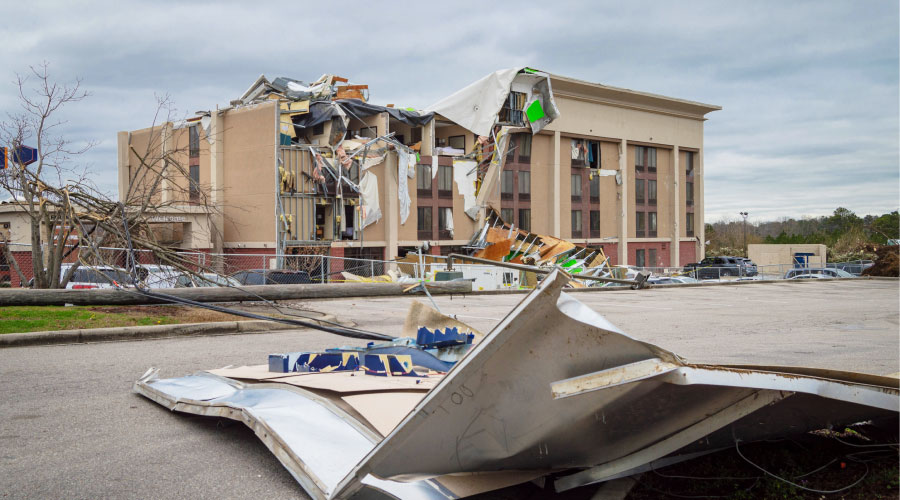Planning Considerations for Facility Recovery
Planning considerations for facility recovery should include determining critical operations and making plans for bringing required systems back online. This process might entail bringing in temporary systems, repairing or replacing equipment, relocating operations to an alternate location, and temporarily contracting operations. Managers can make arrangements ahead of time with vendors for post-emergency services, such as temporary power, cooling, and water, primary systems for fuel delivery, debris and road clearing, and equipment repair.
Emergency management specialists have studied the relationship between the cost of pre-disaster mitigation and the cost of response and recovery associated with an event. Using the case of New Orleans and Hurricane Katrina, the current consensus is that building the systems that most likely would have prevented the extensive damage would have cost about one-quarter as much as it cost to respond to and recover from the event. Managers need to advocate to their organization's leadership the importance of investing in facility mitigation measures, which can include:
- installing fire-resistant materials and furnishings
- securing light fixtures and other items that could fall or loosen in an emergency
- installing quick-disconnect points for temporary chillers and generators
- attaching cabinets and files to low walls or bolting them together
- installing curtains or blinds that occupants can draw over windows to prevent glass from shattering
- anchoring water heaters and bolting them to wall studs.
Finally, every military or civilian first-responder organization can testify that without regular drills and exercises, no response group can be ready to respond to a real-life emergency, especially those unannounced events that happen during the night shift or in the middle of a storm. Maintenance and engineering departments need to be active participants in a multi-year training and exercise plan that builds on single-function drills, tabletop exercises that test procedures, and full-scale exercises with local responders.
Megan Marvil, P.E., is a project manager with Facility Engineering Associates where she manages a variety of facility engineering and consulting efforts. She is a former U.S. Navy Civil Engineer Corps officer and Department of Defense acquisition professional. Jim Van de Voorde is a facilities consultant with the firm and a retired U.S. Navy Civil Engineer Corps officer.
Related Topics:














